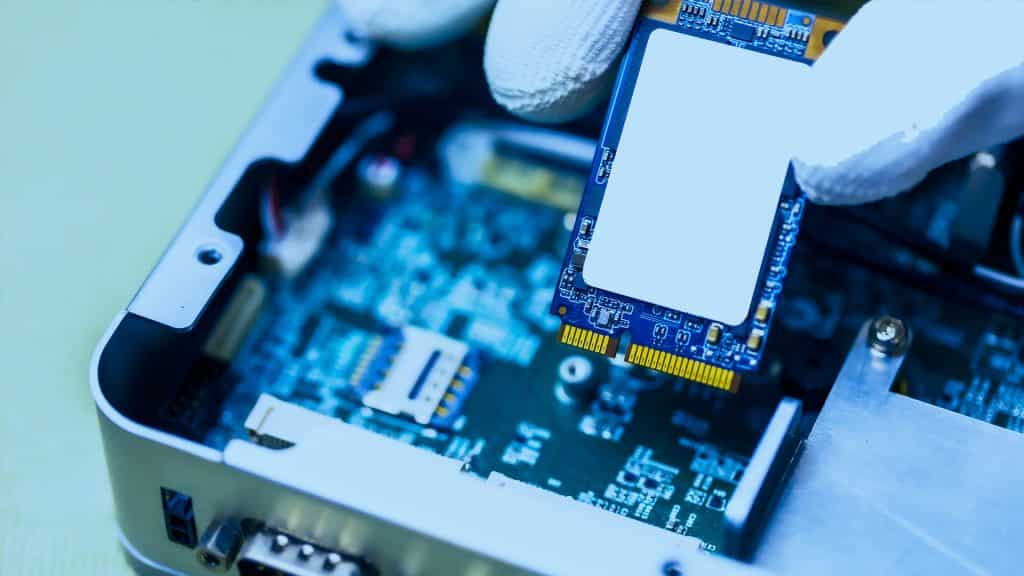Introduction:
The Internet of Things (IoT) is revolutionising the way we interact with devices and data, offering unprecedented connectivity and analytic capabilities. Central to the IoT revolution is a device known as an IoT gateway, a crucial component that connects all the dots in the IoT ecosystem. This article will delve deeper into the technical aspects of IoT gateways, discussing their key functions, specific technologies, and technical specifications.
Understanding IoT Gateways:
An IoT gateway is a physical device or software program that provides a communication bridge between local IoT devices and cloud services. These gateways perform several key roles, including device connectivity, protocol translation, data filtering and processing, security, updating, management, and more.
Device Connectivity and Protocol Translation:
A hallmark feature of an IoT gateway is its ability to facilitate device connectivity. Given the diverse nature of IoT devices, each one uses different communication protocols, including MQTT, CoAP, HTTP, and WebSockets, among others. These protocols may not inherently be compatible with each other or with the cloud.
IoT gateways resolve this issue by integrating these disparate protocols into a unified language that the cloud can understand and process. This translation function is crucial for ensuring seamless data exchange within the IoT system.
Data Processing and Security of IoT Devices:
IoT gateways are capable of processing and analysing data locally at the edge of the network, a concept known as edge computing. This is achieved through technologies like Complex Event Processing (CEP) engines and Lambda Architecture. By processing data at the edge, IoT gateways reduce the volume of data that needs to be transferred to cloud services, thereby minimizing latency and bandwidth usage.
Security is another area where IoT gateways shine. They provide robust device security and network measures, including data encryption, secure boot, hardware random number generator, tamper detection, and secure key storage. This ensures that sensitive data is protected from breaches and unauthorized access.
Managing Updates and Interoperability:
IoT gateways also manage firmware and software updates for all devices within the IoT ecosystem. This function is particularly crucial given the rapid evolution of IoT technologies and the constant need for security patches.
Interoperability is another significant aspect of IoT gateways. In an IoT environment, devices come from various manufacturers and have different specifications. IoT gateways ensure these diverse devices can work together seamlessly, creating a cohesive and efficient IoT ecosystem.
Technical Specifications of IoT Gateways:
When it comes to the technical specifications of IoT gateways, there are several key aspects to consider. These include:
1. Processing Power: IoT gateways should have sufficient processing power, typically provided by a high-performance CPU, to handle the demands of data processing, local communications with a variety of different IoT senor devices which may be clashing and rapid protocol translation.
2. Memory: Adequate memory is necessary for storing data temporarily before it’s sent to message brokers and cloud services.
3. Sensors & Connectivity: IoT gateways should support a wide range of connectivity options, including Wi-Fi, Bluetooth, Zigbee, LoRa, and cellular, among others.
4. Security Features: As discussed earlier, robust security features are a must-have in an IoT gateway.
5. Power Consumption: Given the always-on nature of IoT gateways, energy efficiency is an important consideration.
6. Durability: Given that IoT gateways may be deployed in various environments, they must be durable and resistant to factors like temperature, humidity, and shock.
7. Cloud Communications: Most IoT gateway work by integrating with an IoT architecture or IoT infrastructure which includes a device gateway, message broker, an IoT core including a universal IoT gateway management platform, as well as a cloud base service engine such as Azure or utilising AWS IoT core features.
Conclusion:
From a technical perspective, IoT gateways are the unsung heroes of the IoT ecosystem, providing seamless communication, robust security, efficient data processing, and overall management of the IoT environment.
In the constantly evolving digital landscape, it’s vital for businesses to leverage innovative technologies like IoT. Partner with Caburn Telecom to harness the power of IoT, starting with our sophisticated and reliable IoT connectivity solutions. Together, we can pave the way for a more connected and data-driven future.
